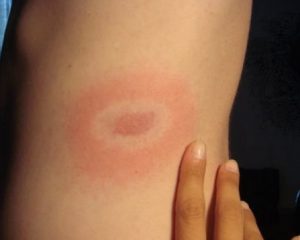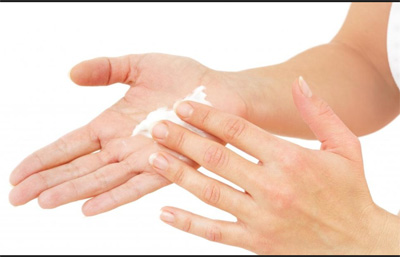 It’s finally summer in most parts of North America and while that is usually cause for celebration it comes with an aftertaste of caution. Lyme disease has been in the media frequently with celebrities like Avril Lavigne coming forward with their experiences with the disease. Most people aren’t even aware of what Lyme disease is and how to prevent it, so we’re going to take care of that right now.
It’s finally summer in most parts of North America and while that is usually cause for celebration it comes with an aftertaste of caution. Lyme disease has been in the media frequently with celebrities like Avril Lavigne coming forward with their experiences with the disease. Most people aren’t even aware of what Lyme disease is and how to prevent it, so we’re going to take care of that right now.
Lyme disease is caused by little insects known as ticks, or deer ticks specifically, that bore their way into your skin to suck your blood. While it’s possible to contract the disease any time of year most cases crop up in the summer when people spend more time outdoors:
This year 97 percent of blacklegged ticks, commonly known as deer ticks, survived the Connecticut winter and are hungry for blood as temperatures warm.
These arachnids transmit bacteria that cause Lyme disease and are likely thriving in your backyard, according to Connecticut Chief Entomologist Kirby Stafford.
About 3,000 cases of Lyme disease are reported in the state each year, the state Department of Public Health reports, but Stafford says that most cases aren’t reported. The true number is closer to 35,000, he estimates. “Under-reporting is more likely to occur in highly endemic [widespread] areas, whereas over-reporting is more likely to occur in non-endemic areas,” according to the Centers for Disease Control and Prevention.
Connecticut is definitely a highly endemic area. In 2015, more than 2,500 Lyme disease cases were reported statewide, with infection rates the highest in Windham, New London and Middlesex counties. Nationally, 96 percent of Lyme cases occur in just 14 states, including Connecticut.
People can and do catch Lyme disease year-round in the state, but most cases occur in June and July, when people spend more time outdoors. During the summer season, young, or nymphal, deer ticks, so small they are difficult to detect, are out in force.
But you can protect yourself by knowing more about ticks and how they spread disease.
- Ticks love kids.
A study of Lyme infection in Connecticut found that nearly half the offending tick bites happened while the victim was playing outside, making children the group most at risk for Lyme disease.
Via: http://www.courant.com/health/hc-ticks-tips-20160620-story.html
All six of the tips described are important to understand. While we don’t want you to stop playing outside with your family and pets, we want you to be safe when you do it. As mentioned, not all instances of Lyme disease are apparent by a skin rash so you need to be careful.
Establish a routine when you come in from being outside so that your kids, and you, get used to checking for ticks and removing the little suckers immediately if you find them on your body. Check your pets too: shave their hair down in the summer if you have to.
Being proactive is what we should all strive for in as many situations as possible. You’ve worked hard to get your skin the way you want it. Don’t let it go to waste.






